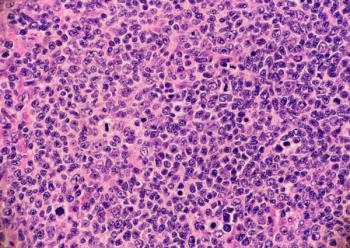
Protocol Builder Available to Individual Researchers
Cloud-based solution allows investigators to simplify the development of clinical research protocols.
Protocol Builder, a cloud-based solution for investigator-initiated clinical trials, is now available to individual researchers, including medical residents and fellows, according to the Biomedical Research Alliance of New York (BRANY), the developer of the system. The tool, originally developed as an enterprise solution, provides instructions and relevant tips developed by experts. A built-in Resource Center allows investigators to access protocol samples as well as links to important educational and regulatory information. Users can also download commonly used forms.
Newsletter
Stay current in clinical research with Applied Clinical Trials, providing expert insights, regulatory updates, and practical strategies for successful clinical trial design and execution.




